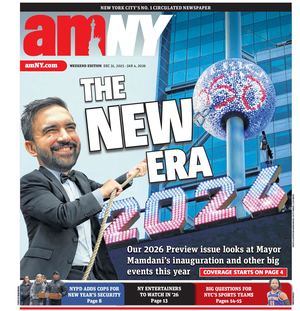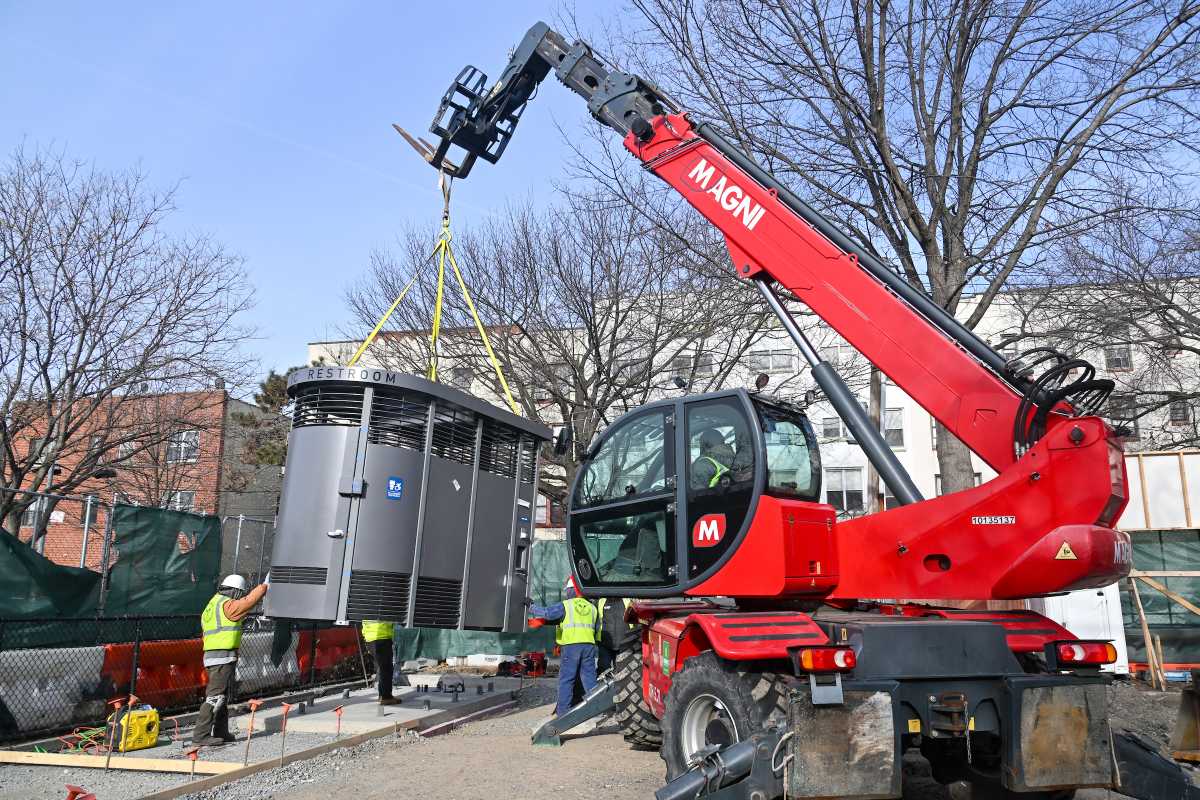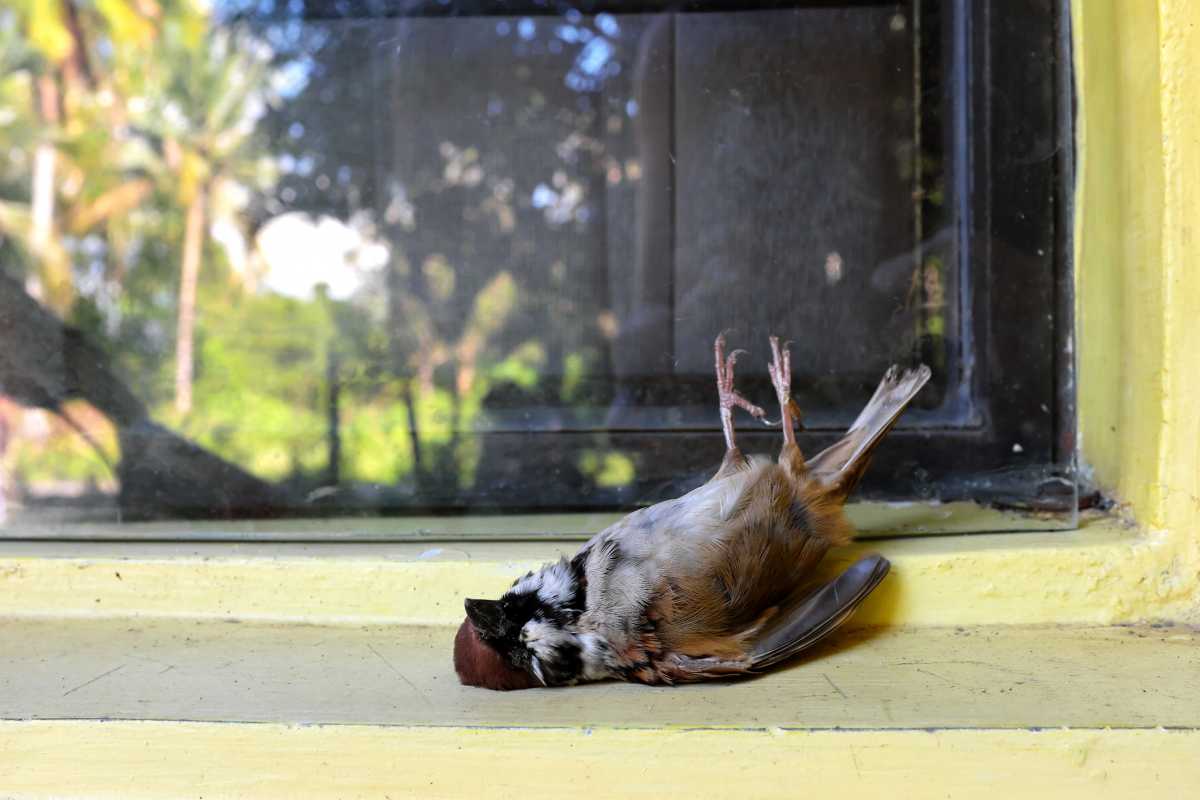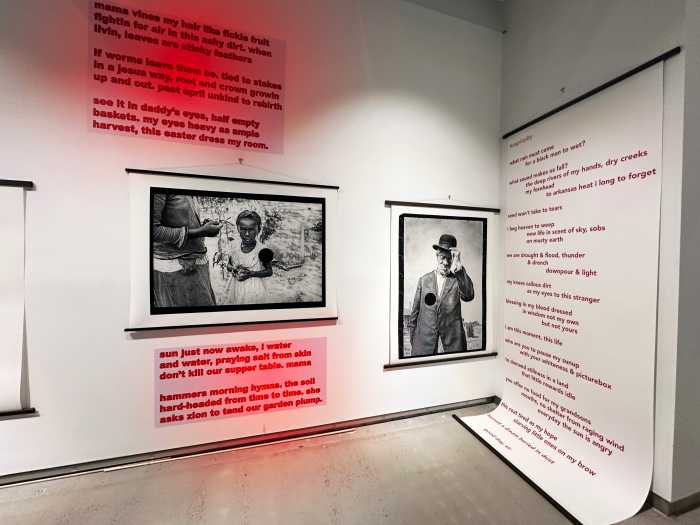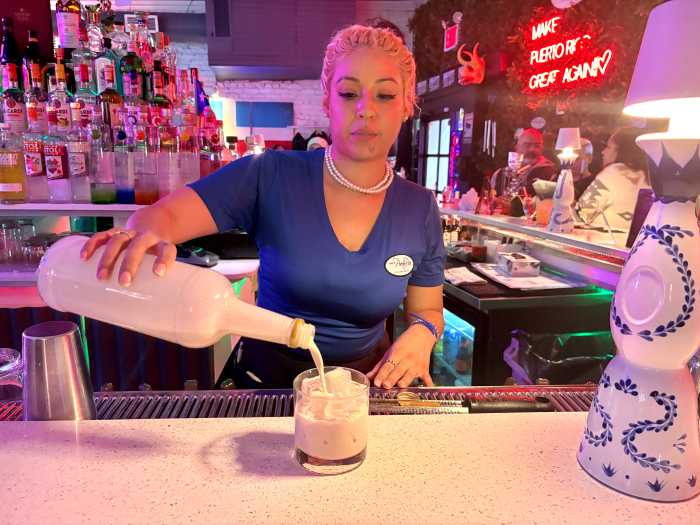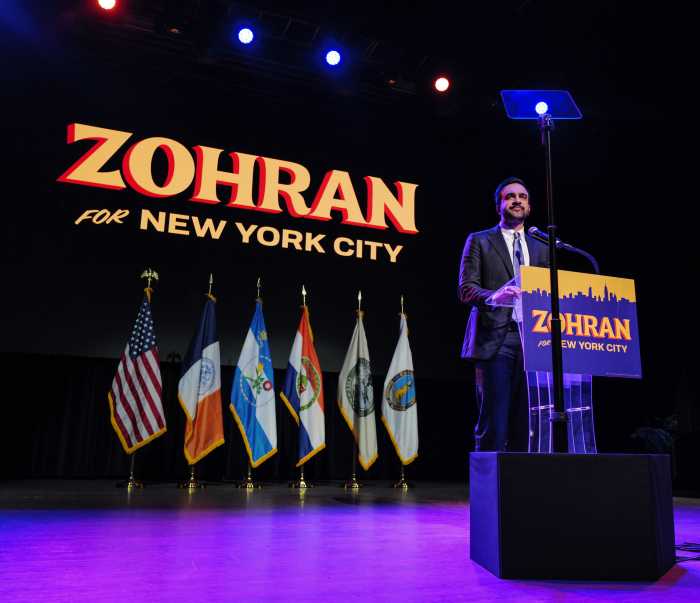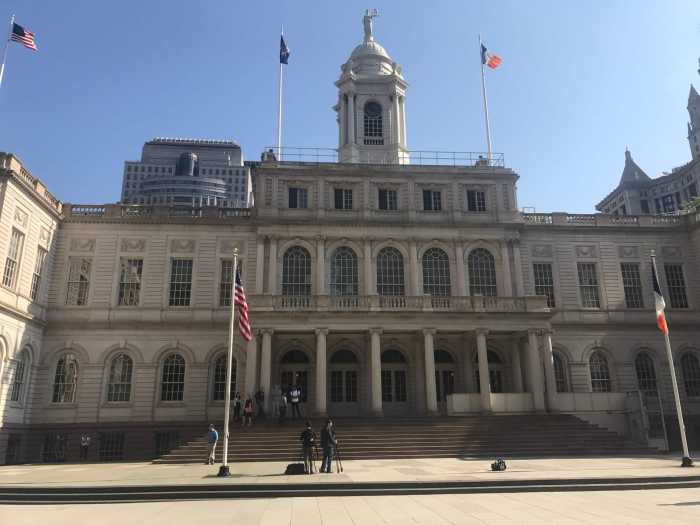This game of thrones cost taxpayers $5 million.
Five new modular public restrooms, known as “Portland Loos,” are now fully operational in parks across the five boroughs, Mayor Eric Adams announced Tuesday. Though the restrooms themselves are relatively affordable, city processes pushed total costs close to $1 million per kiosk.
The restrooms, designed for year-round use and quick installation, are located in Irving Square Park in Brooklyn, Joyce Kilmer Park in the Bronx, Thomas Jefferson Park in Manhattan, Hoyt Playground in Queens, and Father Macris Park in Staten Island.
The kiosk-style units are part of Adams’ “Ur In Luck” initiative, which commits the city to building 46 new public restrooms by 2029 to address the lack of them in the five boroughs. An estimated 1,100 public toilets serve an 8.4 million-person population.
The $6 million pilot program, first announced in 2023, is funded by the city’s “Vital Parks for All” framework, which includes a $150 million investment in new restroom construction and the renovation of 36 existing facilities, according to Adams.
“Let’s be honest, when nature calls, New Yorkers shouldn’t have to cut their fun short,” Adams said in a statement. “We’re proud to be rolling out our new, sleek bathrooms across all five boroughs… without having to worry about where to go when they have to go.”
Why so much to build these restrooms?
Made in Portland, Oregon, the Loos include stainless steel stalls, baby changing stations, and full utility hookups. According to Adams, they cost roughly $1 million per location, or about one-third the cost of building a traditional public restroom.
Evan Madden, CEO of Madden Fabrication, the company that manufactures the Portland Loos, told amNewYork that each restroom sold to New York City costs about $185,000. At each site, it then cost around $815,000 to extend new water and electrical utility lines, and to carry out minor site works like laying foundations and landscaping, according to a spokesperson for the mayor’s office.
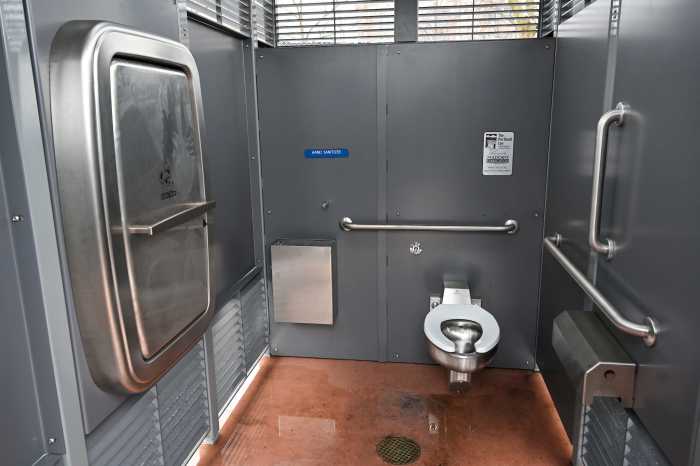
The Portland Loos now around the city are the “deluxe versions” of the standard models, as they are made of higher-grade stainless steel, but “they are not million-dollar toilets,” Madden added.
“They use marine-grade 316 stainless steel, have ADA compliance features, baby changing tables, and were built to meet New York’s strict building codes,” Madden said. “Structurally, they’re the same as every other Loo, but the extras and the approval process here were intense.”
Originally developed by the City of Portland in 2008, the Loo was designed to balance user privacy with safety and ease of maintenance. Its compact, vandal-resistant structure has since been installed at more 250 locations nationwide, including cities like Boston, Los Angeles, Miami, and Seattle where installation costs have varied greatly.
Each unit arrives fully assembled and is coated in anti-graffiti powder for easier cleaning. For other cities and smaller municipalities, officials there can get a full installation done for $210,000 to $220,000, Madden said, adding that complexity adds cost in major cities like NYC – in particular, additional red tape and complex public infrastructure.
Madden said working with New York City involved far more regulatory hurdles and review processes than in smaller municipalities. “The bigger the cities, the bigger the headache is,” he said. “It just varies. The more complex, the more people, the more department regulations — it’s harder, it’s more expensive.”
One particularly sticky piece of red tape Madden came up against when the process started in 2023 was meeting construction requirements for prefabricated structures built outside the five boroughs.
Madden needed to use a fabricator approved by the Department of Buildings or have the restroom units inspected by a registered special inspector. However, none of the pre-approved manufacturers were willing to take on the project, so Madden had to go through the process of getting a fabricator certified by the DOB himself — a step that added delays.
